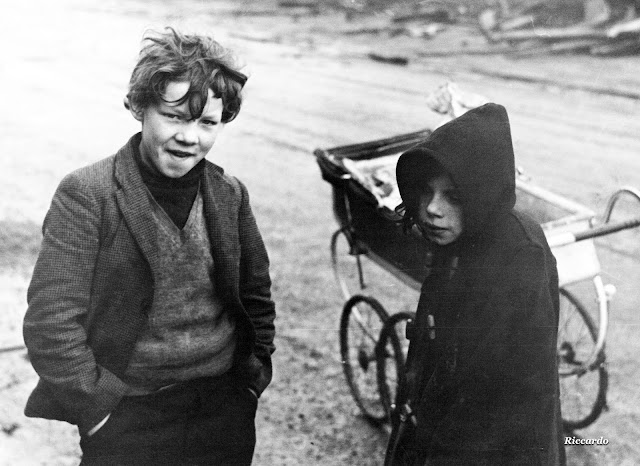Anyone who had a heart
 |
| One of Stephen Cox's sarcophagi (Interior Space: for Cheops) at Houghton |
I have returned to Houghton Hall of an evening. It is delicious summer - panamas and linen, chambray and crepe - the style doesn't matter, it's how you carry yourself, darling. So, though initially I feel that perhaps my faded jeans may be inexcusable, I begin to think I could, just, maybe, fit in.....
Anyway, I am not here for the craic. Nor to flaunt. Nor to engage. I am here, seriously, for Illia Ovcharenko to test my hearing aids with his digital dexterity (and pedal power.....)
 |
| Reflections on a country seat |
Illia Ovcharenko is a Ukrainian pianist, currently living in Hanover, who recently won the Honens International Piano Competition in Calgary, which seeks to identify the Complete Artist....
Under the auspices of King's Lynn Festival (Artistic Director, Ambrose Miller) and with the cooperation of Lord Cholmondeley for the use of Houghton Hall, it is a magical evening.
 |
| A quickly executed oil painting of Illia and his audience (photography was not permitted) |
On another occasion I might have said that the interval, with chardonnay libations, was the high spot of the evening, given the chance to roam at will amongst Stephen Cox's stones and the enchanting environs of one of England's grandest country houses (constructed in the 1720s for Britain's first Prime Minister, Sir Robert Walpole)...... But (There is a but? Ed) Yes, but, this is a concert to rival any (Oasis? Glasto? Ed). Yes, Ed, this is a concert to rival any.
For a start, I was misled. I mistook the piano for a Player Piano, and thought that perhaps we were to be subjected to rolls of punched paper honky tonk. But, yes it was an innocent mistake - it was a Pleyel Piano, as grand as anything by Bechstein or Steinway.....
Secondly, the setting was non pareil. No Glastonbury Yurt could match the elegance of this room - from the decorations on the walls and mantelpieces to the views from the windows. A perfect room for withdrawing, a perfect space for performance....
And the programme was out of the top drawer, too. We started with Beethoven's Sonata in B flat (Les Adieux), and then heard Liszt's transcription of the second movement of Beethoven's 7th symphony. And then tripped toward the interval with Etudes by Schumann which took their theme from that same symphony by Beethoven. I was spell bound as the notes spilled from the instrument, miraculously spun by the several hands and multiple fingers (or so it seemed) of the artist.
Outside the sun had begun to lapse into Lincolnshire and the evening reigned calm. I saw the landscape as a continuation of the sculpture, or vice versa, and fell to wondering about the genius of creativity that gives us music.
And I returned to photograph the shapes thrown by the artistry of Stephen Cox, my ears still full of Beethoven's astonishing deafness. And I noticed how these converging slices of stone create a representation of an aorta, reminding me of the essence of life that is the circulatory system. Dismiss this as spurious mental meandering, but as I have just got back from a serious consultation about my own sensitivities with a renowned cardiologist, I think I am entitled to some poetic licence.....
We return to our seats, and Illia plays three pieces by his Ukrainian hero, Sergei Bortkiewicz, a composer to think of along with Chopin, and then, demonstrating his mastery of the piano, Illia finishes with Liszt's Piano Sonata in B minor, and I am struck by how this concert seems to fill all four dimensions. The sound reverberates around the room, touching the lights, fluttering in the breeze that breathes through the open windows. It is all around us, coming at us from different directions, totally different from the playing of music from a disc, in stereo or Hi Fi, this is in front of you, above, below, behind and beside you. And then there is the fourth dimension. Illia could be Beethoven, or Liszt, or Bortkiewicz.... The composers are revived and they play their music through Illia. Time becomes meaningless as we experience an infinitely expanded present....
 |
| Illia Ovcharenko exits, stage left |
You may well think this is over the top (You said it, Ed) but believe me I was overcome. And, after the encore (a Chopin Polonaise) and after the applause had sputtered out like an exhausted candle, I made my obeisance to the piano. But the piano was silent. It was just a piano. A Pleyel. Not a Player.
There are times when human ingenuity confounds.
And then, driving home, a lipstick sunset stains the sky behind the spire of St Mary's, and I fade to nothingness, my heart (which seems to be functioning adequately) filled with gratitude that there is love in the world.
Life would be flat without music. It is the background to all I do. It speaks to the heart in its own special way like nothing else.
Ludwig van Beethoven
Note (Me neither, Ed):
Hermann Minkowski exploited the idea of four dimensions to discuss cosmology including the finite velocity of light. In appending a time dimension to three-dimensional space, he specified an alternative perpendicularity, hyperbolic orthogonality. This notion provides his four-dimensional space with a modified simultaneity appropriate to electromagnetic relations in his cosmos. Minkowski's world overcame problems associated with the traditional absolute space and time cosmology previously used in a universe of three space dimensions and one time dimension.
Wikipedia























































